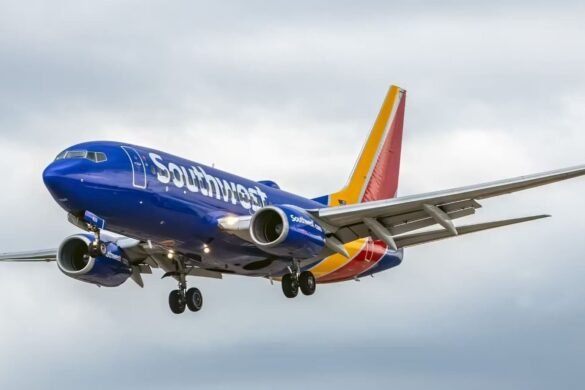The installation of these devices is one of three accelerated safety initiatives introduced following the FAA’s February 2023 ‘Safety Call to Action.’ This initiative was launched in response to a series of runway incursion incidents, raising concerns about the need for improved monitoring and alert systems at airports. By providing automated warnings, the RID system aims to reduce human error and ensure safer operations during critical phases of flight, particularly during takeoff and landing.
The FAA’s decision to expand the deployment of runway safety technology underscores the regulator’s commitment to enhancing aviation safety standards across major airports. This proactive approach reflects an industry-wide focus on preventing near-miss incidents and improving situational awareness for both air traffic controllers and pilots. The rollout is expected to be completed in phases, reinforcing safety protocols and reducing the risk of runway incursions in high-traffic areas.
The Federal Aviation Administration (FAA) has announced plans to install Runway Incursion Devices (RID) at 74 airports across the United States. This move is part of the agency’s broader effort to enhance runway safety and prevent potential collisions. The RID system will be integrated into air traffic control (ATC) towers, providing real-time alerts to controllers when aircraft or vehicles approach active runways without proper authorization.
The installation of these devices is one of three accelerated safety initiatives introduced following the FAA’s February 2023 ‘Safety Call to Action.’ This initiative was launched in response to a series of runway incursion incidents, raising concerns about the need for improved monitoring and alert systems at airports. By providing automated warnings, the RID system aims to reduce human error and ensure safer operations during critical phases of flight, particularly during takeoff and landing.
The FAA’s decision to expand the deployment of runway safety technology underscores the regulator’s commitment to enhancing aviation safety standards across major airports. This proactive approach reflects an industry-wide focus on preventing near-miss incidents and improving situational awareness for both air traffic controllers and pilots. The rollout is expected to be completed in phases, reinforcing safety protocols and reducing the risk of runway incursions in high-traffic areas.



